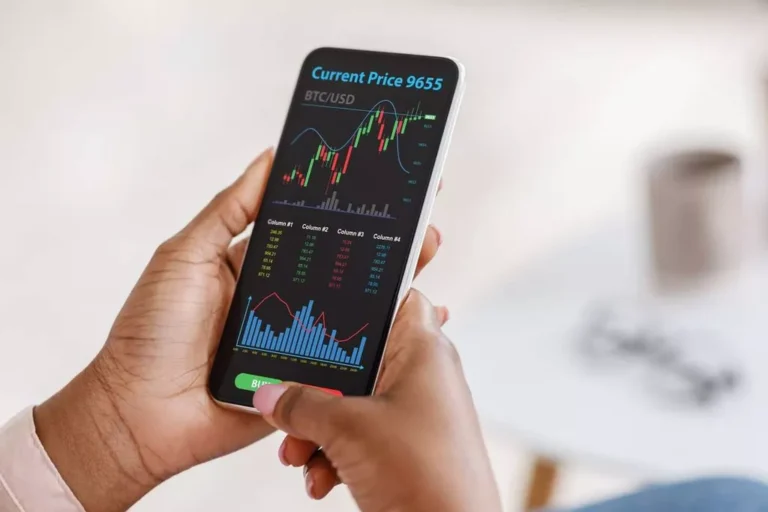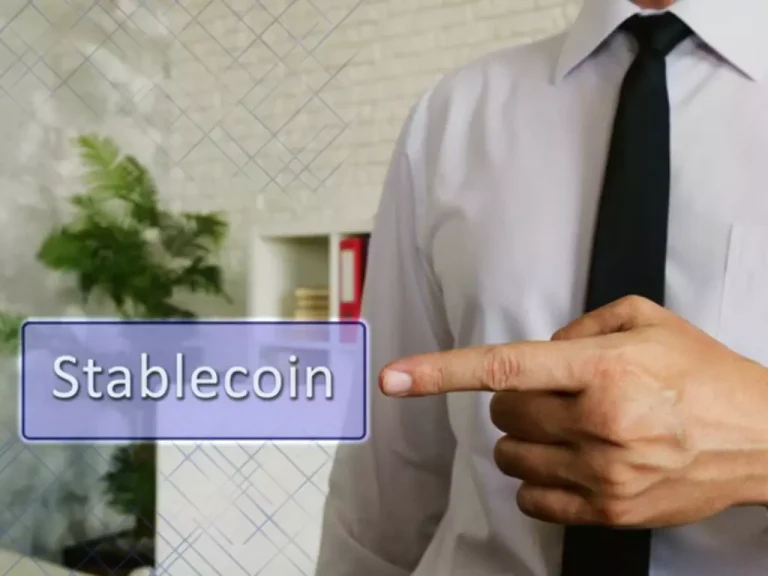To take part in a liquidity pool and see how it works for your self, create an account on a decentralized trade like Uniswap. MetaMask is a well-liked choice amongst DeFi customers for its ease of use and integration into a web browser. The Brave browser also comes with a built-in web3 wallet that makes it easy for customers to entry completely different dApps like those used in DeFi. When traders place a transaction to swap crypto they submit an amount of asset A which returns a given amount of asset B. A good contract ensures that the whole worth of the liquidity pool is similar before and after each transaction. A conventional market maker is a person or an institution that provides liquidity to a market by placing both purchase and sell orders on a buying and selling platform using an order book.

Its token, SUSHI, is earned through liquidity mining and may additionally be used for voting on governance proposals. As AMMs function without human interaction, there is a chance of bugs and glitches occurring with smart contracts. These can lead to issues similar to incorrect pricing or failed transactions.
Defi
From Bancor to Sigmadex to DODO and past, progressive AMMs powered by Chainlink trust-minimized services are offering new fashions for accessing instant liquidity for any digital asset. Not only do AMMs powered by Chainlink help create value action in previously illiquid markets, however they do so in a highly safe, globally accessible, and non-custodial manner. As DeFi evolves, liquidity pools are likely to stay a focal point of innovation and growth. By understanding their function and dynamics, you’re well-equipped to navigate the ever-changing DeFi landscape. Sudden and vital value fluctuations can impact the assets in a liquidity pool, potentially affecting LPs’ returns. This comprehensive guide aims to equip you with the data and insights you should navigate the thrilling world of liquidity pools in AMMs.

The AMM additionally expenses a proportion buying and selling charge on prime of the trade fee. It has turn out to be more and more in style over the last decade as increasingly traders are turning to using computer-aided strategies and instruments to make choices in their buying and selling activities. Automated market makers had been first launched by Vitalik Buterin in 2017 in his submit about on-chain market makers. There are tasks that use hybrid approaches, combining elements of different AMM DeFi models to optimize for specific asset traits. Some perform as a combination of CPMM and CSMM, while others incorporate a customizable utility operate to hold up steadiness within a pool.
These platforms operate 24/7 and permit users to trade digital property instantly from their wallets, bypassing conventional intermediaries. If an AMM doesn’t have a sufficient liquidity pool, it can create a large worth impact when traders buy and sell belongings on the DeFi AMM, resulting in capital inefficiency and impermanent loss. To incentivize liquidity suppliers to deposit their crypto property to the protocol, AMMs reward them with a fraction of the fees generated on the AMM, normally distributed as LP tokens. The follow of depositing property to earn rewards is named yield farming.
Benefits Of Amms
When a dealer needs to make a swap, they work together with this pool rather than putting an order with a specific counterparty. The pool’s algorithm calculates the rate at which the commerce will happen, and the trader receives their desired token based mostly on this fee. The pool’s reserves are adjusted after every commerce, impacting the trade price for subsequent transactions. Liquidity provision is done via crypto liquidity swimming pools, whereby users contribute property and play a direct position in facilitating the market.

Liquidity providers might expertise losses when withdrawing their funds from the pool if the costs of the assets have modified considerably since their deposit. One of the primary advantages of AMMs is their capacity to offer steady liquidity. Liquidity pools make sure that there are at all times belongings available for trading, whatever the time or market situations. Unlike conventional exchanges that rely on particular patrons and sellers, AMMs enable customers to commerce instantly, 24/7. AMM, or Automatic Market Maker, plays a pivotal position in liquidity swimming pools by routinely calculating token prices inside a trading pair based on the balance of each tokens within the pool. This strategy ensures a seamless supply of liquidity for traders, eliminating the necessity for traditional order matching.
The Intersection Of Ai And Defi: Good Contracts And Past
Liquidity swimming pools also allow more complex strategies like yield farming, the place providers can earn further rewards for his or her contributions and employ various yield-generating methods. With over 2.2 million users, PancakeSwap is the largest AMM on Binance Smart Chain. Its concentrate on low fees and fast transactions has attracted many traders to the platform.

In all different variations of CFMM, liquidity providers provide belongings which are pooled in an open smart contract. A buying and selling pair includes two or more complimentary pools of crypto belongings or tokens. Centralized exchanges relied on order guide and crypto market makers (MMs) to maintain liquidity, however as DeFi grew in reputation, there was a necessity for extra efficient and decentralized solutions.
Title:liquidity Pool Design On Automated Market Makers
A decentralized trade (DEX) is a two-sided marketplace and liquidity providers are just one side. Liquidity swimming pools and Automated Market Makers are the backbone of decentralized finance ecosystems, enabling decentralized buying and selling, liquidity provision, and innovative monetary products. As exemplified by Uniswap, these technologies have reshaped how we take into consideration financial markets, making them extra accessible, decentralized, and inclusive. However, potential risks and challenges shouldn’t be underestimated, and members in DeFi should strategy these platforms with caution. As the DeFi area continues to evolve, liquidity pools and AMMs will stay at the forefront of innovation, shaping the means ahead for finance. Liquidity suppliers contribute funds to liquidity pools, permitting merchants to purchase and sell tokens.
This decentralized nature enhances safety and eliminates the danger of single factors of failure. Users have full management over their belongings and can commerce instantly from their wallets, decreasing the chance of hacks or fund mismanagement. Liquidity swimming pools improve liquidity, scale back volatility and supply extra stable and efficient markets. Be positive to double verify that you’re connecting to a legitimate DEX, as there are lots of scams that target consumer wallets when they’re enterprise this step. AMM protocols are Web3 platforms that facilitate token buying and selling in a decentralized surroundings without TrafFi market-makers. As with most DeFi merchandise there are inherent risks to offering liquidity.
This market-making allows different market members to freely buy and promote securities/digital assets at honest prices. As the Stellar network evolves, it’s essential to understand the emerging ideas of liquidity swimming pools and Automatic Market Maker (AMM). These options present customers with new opportunities for buying and selling, incomes, and collaborating in the Stellar ecosystem. In this article, we’ll explore the intricacies of liquidity swimming pools, AMM, and how one can turn out to be a part of this exciting surroundings by making a Stellar wallet on Scopuly. Using a dynamic automated market maker (DAMM) mannequin, Sigmadex leverages Chainlink Price Feeds and implied volatility to help dynamically distribute liquidity alongside the value curve. By incorporating a number of dynamic variables into its algorithm, it could create a extra robust market maker that adapts to changing market situations.
When the flow of funds between the two assets in a pool is comparatively active and balanced, the charges present a supply of passive revenue for liquidity providers. However, when the relative price between the property shifts, liquidity suppliers can take a loss on the foreign money danger. In the ever-evolving world of decentralized finance (DeFi), Liquidity Pools and Automated Market Makers (AMMs) have emerged as important elements.
AMMs set the prices of digital property and supply liquidity within the type of liquidity swimming pools. Automated market makers (AMMs) have emerged as a preferred various to traditional order book-based exchanges for cryptocurrency trading. In this text, we will present you with an outline of how AMMs work, explore the assorted kinds of AMMs, and highlight their respective execs and cons.
Liquidity Swimming Pools Explained: Simplifying Defi For Beginners
This automatic trading course of helps maintain smooth transactions and reduces the dependency on conventional buying and selling methods. One of the fundamental principles of DeFi and liquidity swimming pools is democratization. These platforms present access to financial companies to anybody with an internet connection and a crypto pockets https://www.xcritical.com/. This accessibility breaks down limitations, permitting individuals worldwide to participate in world financial markets. The depth, that means the quantity of liquidity in a pool considerably impacts buying and selling dynamics. Deep liquidity swimming pools can accommodate substantial trades with minimal value slippage.
Returns for offering liquidity depend upon how the pool works and what property it holds. Sometimes, you might have to offer what’s known as “multi-asset liquidity,” which means you have to add each belongings in a pool. For example, to supply liquidity to a ATOM/USDT pool, you could have to deposit equal quantities of both ATOM and USDT.
Additionally, customers can earn rewards by staking their crypto into liquidity pools. AMMs might expertise slippage and worth impression, especially for larger automated market makers crypto trades. Slippage refers again to the difference between the expected value and the executed worth of a trade.